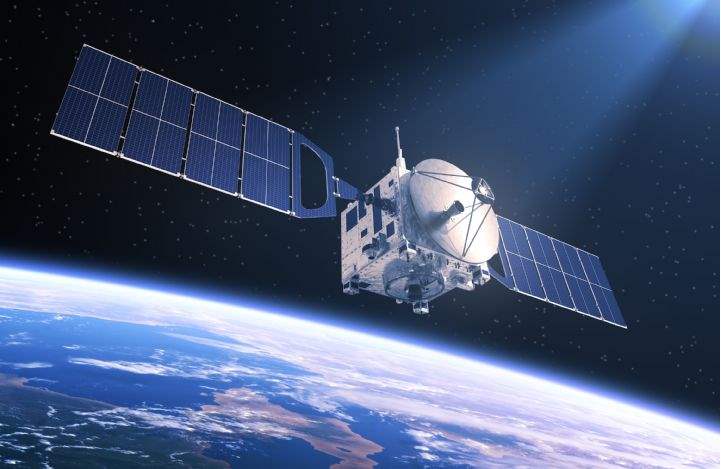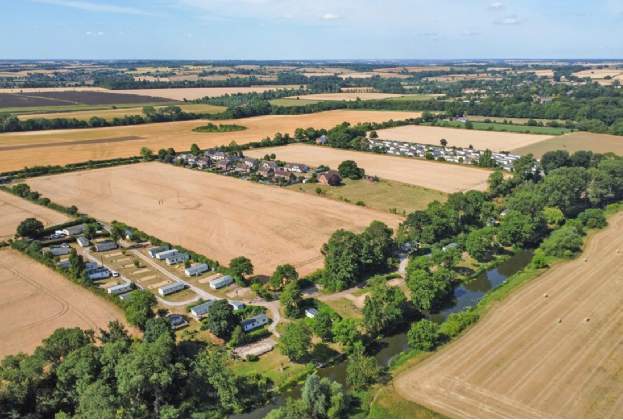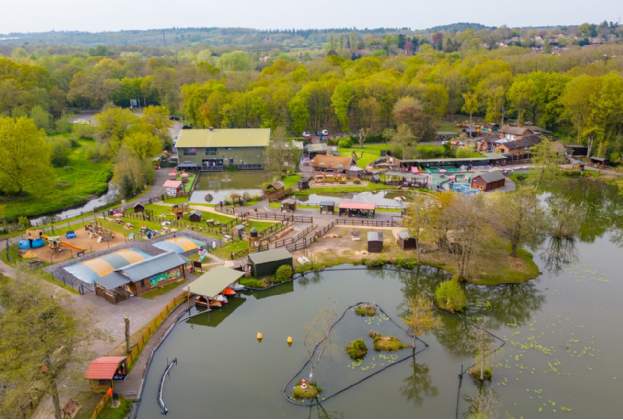While its aspirations may be sky high, the UK’s space industry largely operates under the radar in the public consciousness. Nonetheless, it’s a sizeable and growing part of the country’s economy: it was worth £13.7 billion in 2014/15 (the last year for which official data is available) – tripling its value since 2000 – and directly employs almost 40,000 people. At the last estimate the sector also continues to grow at approximately 6.5 per cent every year.
Key areas of the UK space industry’s strength are satellite and communication technologies, in-space robotics and space ports, launch and platform technologies, which promote lower cost access to space (the likes of which are being harnessed by Richard Branson and his Virgin Galactic programme).
All 13 UK regions are home to headquarters of space organisations, but industrial sites, and thus employment, are concentrated in London, the South East and the East and Scotland. Hotspots include the Harwell Campus in Oxford, which is home to 200 companies specialising in technology and science – a large proportion of which are concentrated in the space sector – and a new National Space Propulsion Facility at Wescott Venture Park in Buckinghamshire. In May 2018, the 56-year old Goonhilly Earth Station in Cornwall also received £24 million of funding to embark on global expansion and, at the opposite end of the country, Glasgow is said to make more satellites than any city outside America, with hi-tech companies spinning out of its universities.
Space occupiers’ requirements resemble those in similar R&D intensive sectors such as life sciences: grade A labs, office space or mid-tech space for engineering and prototypes, super-fast internet connections and access to a highly skilled labour force (three out of four space employees hold at least one degree – higher than any other sector according to the Census).
Due to the nature of their work, space occupiers also like to be in close proximity to other businesses in linked fields such as engineering, telecommunications and security and defence, to allow easy collaboration.
With the UK’s forthcoming exit from the EU there are questions over the country’s future involvement in some major European space projects, such as the flagship Galileo satellite navigation programme. But where there is threat there is also opportunity. The industry recently set out its Prosperity from Space strategy, outlining its vision to double the value of space to wider industrial activities from £250 billion to £500 billion, generate an extra £5 billion in exports and attract £3 billion of inward investment.
Ambitious goals to be sure, but given its stellar growth in the past decade, they’re not unachievable considering the UK’s excellence in aerospace and satellite industries. And with growth will come further demand for real estate across the UK, from Cornwall to Scotland.
Is there life on Mars? We’ll have to wait and see, but it looks like there a lot of life in the UK space industry.

.jpg)


.jpg)
